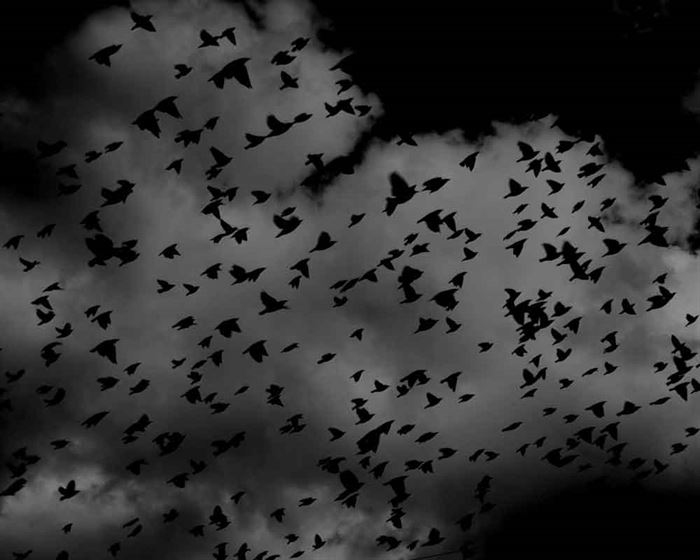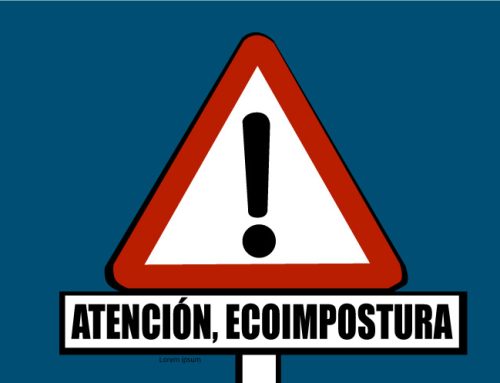Three modern panics of today
18/06/2019
Tiempo de lectura: 4 minutos
Sociological surveys show again and again that serious problems, the larger they are, the less they are considered as such. We are much more concerned about the clogging of our sinks than the increase in the temperature of the planet, and the burning of our breakfast toast than the plastic soup in which the oceans are becoming.
We are also more concerned with suspicion and distant probability than with concrete facts. The threat of mad cow disease produced more than a hundred victims across Europe in two decades, but provoked vigorous action by governments that, among other things, demanded the death and incineration of millions of cattle. In those twenty years half a million Europeans perished in traffic accidents which is a figure that is considered normal and bearable.
The modern panics are many, in addition to the distant threats of climate change, the soup of plastics, and mad cow disease; three of which are as popular as they are incompatible with a sustainable and relaxed life:
«If you are thirsty, you are already dehydrated»
Forgetting the millions of years of evolution that sophisticated human physiology has designed, the message that is repeated in the media is that when we have thirst it is too late as we are already dehydrated, our intellectual performance decreases, the risk of cardiovascular accident increases, etc.
Perceived solution: drink every day from 2 to 2.5 liters of water, distributed to be able to be in short shots every 30 minutes. You have to, then, go the whole day with a bottle of water under your arm, which obviously will be made of plastic that we will have to buy (remember the marine plastic soup?).
Reality: except in the case of very young children and adults with some disease, the sensation of thirst works very well to indicate when we should replenish liquids.
«You do not drink enough calcium»
Calcium is the king of nutrients, the collection of well-defined substances that must enter our body in well-measured quantities day after day if we do not want horrible things to happen to us. In this case we are threatened with fragile bones (osteoporosis) and other serious physiological problems.
Perceived solution: drink lots of milk and dairy products in general, including dairy desserts and flavored yogurts. In fact, fill the house with jars of these substances. If you are lactose intolerant no problem, all these products are sold in versions without. Where the problem lies instead is in the fact that eating more dairy and meat products means significantly increasing the ecological footprint of our diet.
Reality: Of course, calcium is important; but there are many indications that dairy is only one of many sources of this substance available in nature. For example, canned sardines or green leafy vegetables provide calcium and also serve as more sustainable alternatives.
«If you do not sleep your regular hours, your body will not be able to function regularly»
It is not worth saying that you only need four or five hours of rest with an occasional nap, or that t’s seven or eight hours or nothing. The disastrous consequences of not sleeping soundly are innumerable, ranging from fattening to cancer.
Perceived solution: in this case there is no easy (read: commercial) solution. You can take infusions or pills to sleep, or follow a myriad of detailed instructions on how to sleep better. In general those who do not sleep well (we are many) end up obsessing and try all kinds of tricks, which generally do not work. Remember again that we must distinguish the distant probability of a severe sleep disorder from the reality of simply being a light sleeper. Alas, the galley of bad sleepers end up hooked to all kinds of solutions (medicines, exercises, professional help, or various devices) that end up exhausting their energy and their finances, as well as increasing their ecological footprint in a non-negligible way.
Reality: Researchers point out that it is common in hunter-gatherer communities that there is never a time when the entire community is asleep; that is, everyone sleeps intermittently, which ensures that someone is always awake at any time of night. Further, with periods of vigil quite long between the first sleep and the second (e.g. in northern Europe, a winter night of 16 hours without good light could be very long). Of course, sleeping eight hours at a time and waking up refreshed like a lettuce is a beautiful goal. However it seems that humans are not only functional with intermittent sleep, but physiologically designed to do so.
Publicado originalmente en el blog Ciudadano autosuficiente, del diario Público.
Translated from spanish by Sophie Rusen.
Photo: Pelly Benassi on Unsplash.


